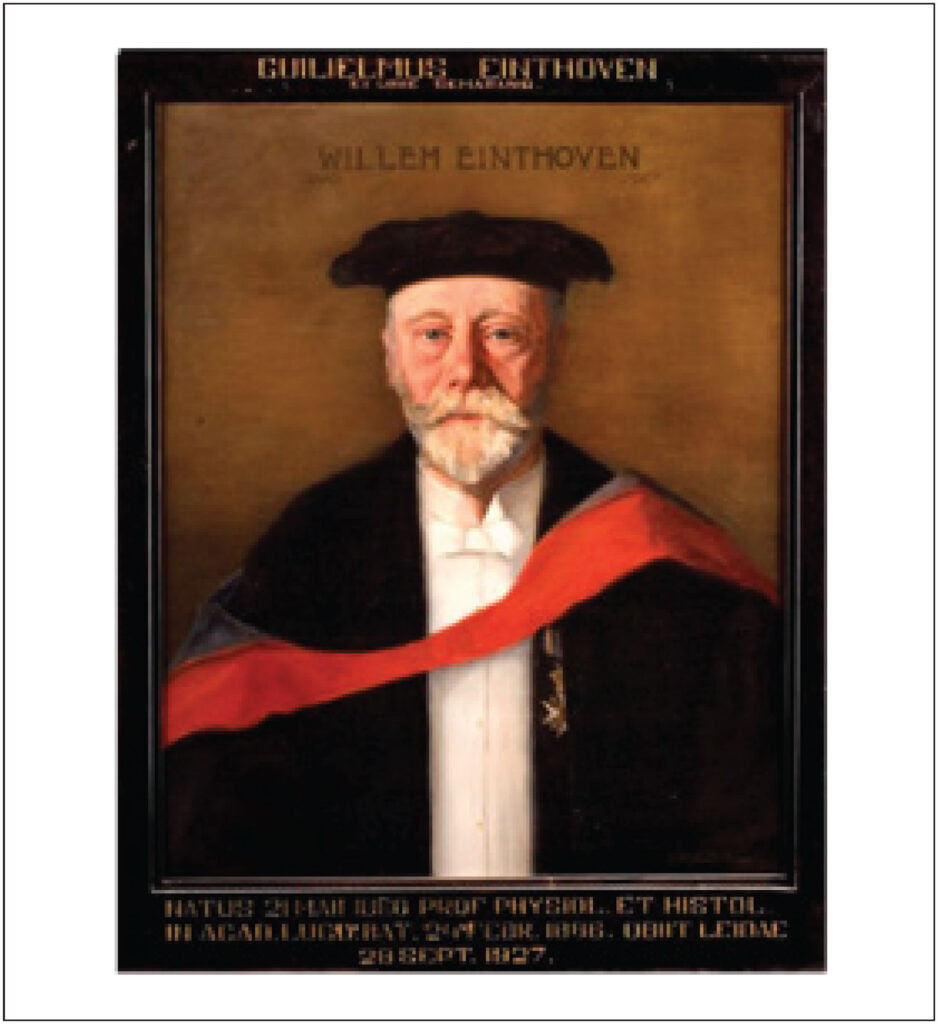Arq. Bras. Cardiol. 2024; 121(8): e20240494
One Hundred Years of the Nobel Prize for Electrocardiography: A Technology Still Essential and Fit for the Next Century
Willem Einthoven – A Brief Biographical Overview
In 1924, the Nobel prize for Physiology or Medicine was awarded to Willem Einthoven for “the discovery of the mechanism of the electrocardiogram” (ECG). This prestigious award illustrated the relevance of Einthoven’s research, which provided crucial data on cardiovascular pathophysiology, and that would go on to form one of the pillars of modern Cardiology. Willem Einthoven was born in 1860 in Semarang, on the island of Java, then part of the Dutch East Indies (now Indonesia), the son of a military physician., After his father’s death, he moved with his family to the Netherlands, where he pursued his studies, earning a medical degree at the University of Utrecht.– During this formative period, he was deeply influenced by the renowned Dutch physiologist Donders, who later supported him in obtaining a position at the University of Leiden, where he remained as professor of Physiology for the rest of his career ()., Described as modest, courteous, and devoted to his work, besides his continued research in the ECG, Einthoven was also fluent in several languages and a proponent of physical exercise, practicing rowing and being known for riding his bicycle to work.,,, He married one of his cousins and had four children, passing away in 1927 at the age of 67 from cancer.– Despite building on a diverse research background over decades, from Galvani’s and later Matteucci’s, von Kolliker and Muller’s reports on electrical currents to Lippman’s capillary electrometer and Waller’s depiction of the human “electrogram,” Einthoven’s application of technology, coupled with far-reaching insights into its potential utility, proved pivotal in harnessing its potential.–
[…]
Keywords: Acute Coronary Syndrome; Cardiology; Electrocardiography
825

